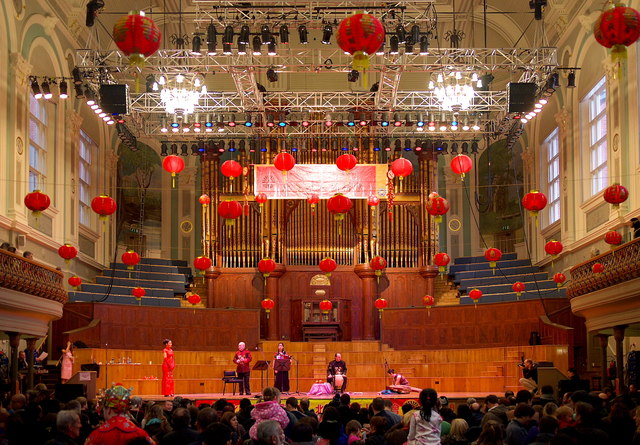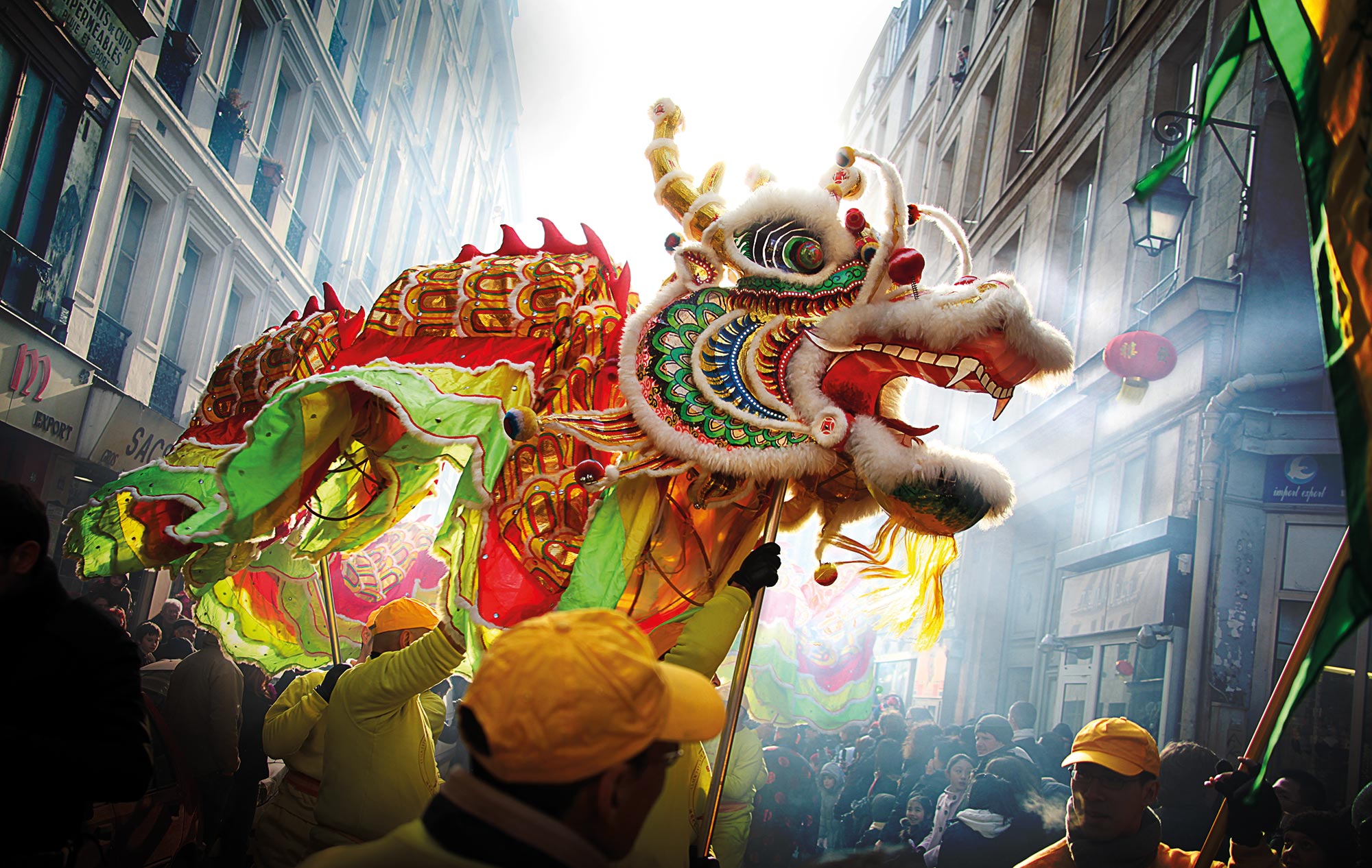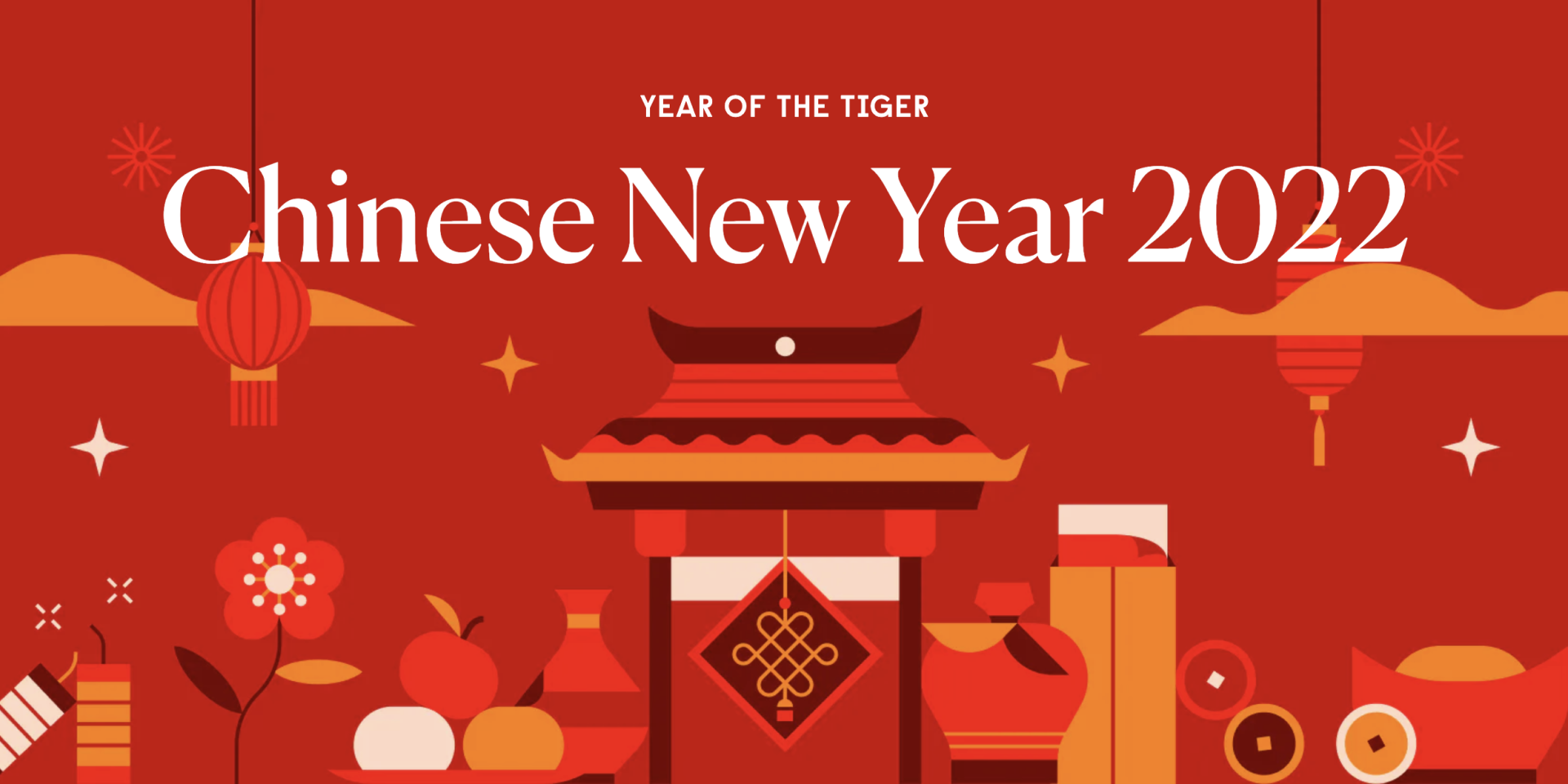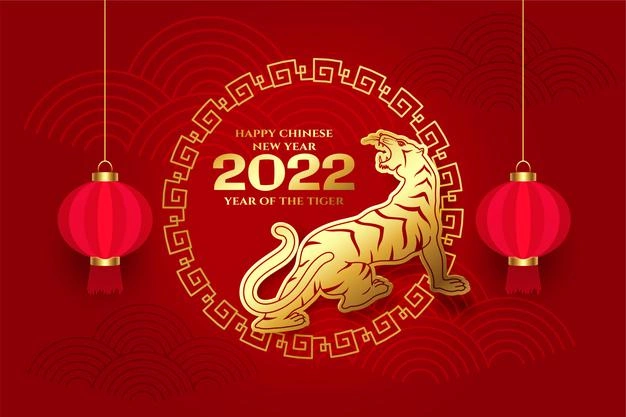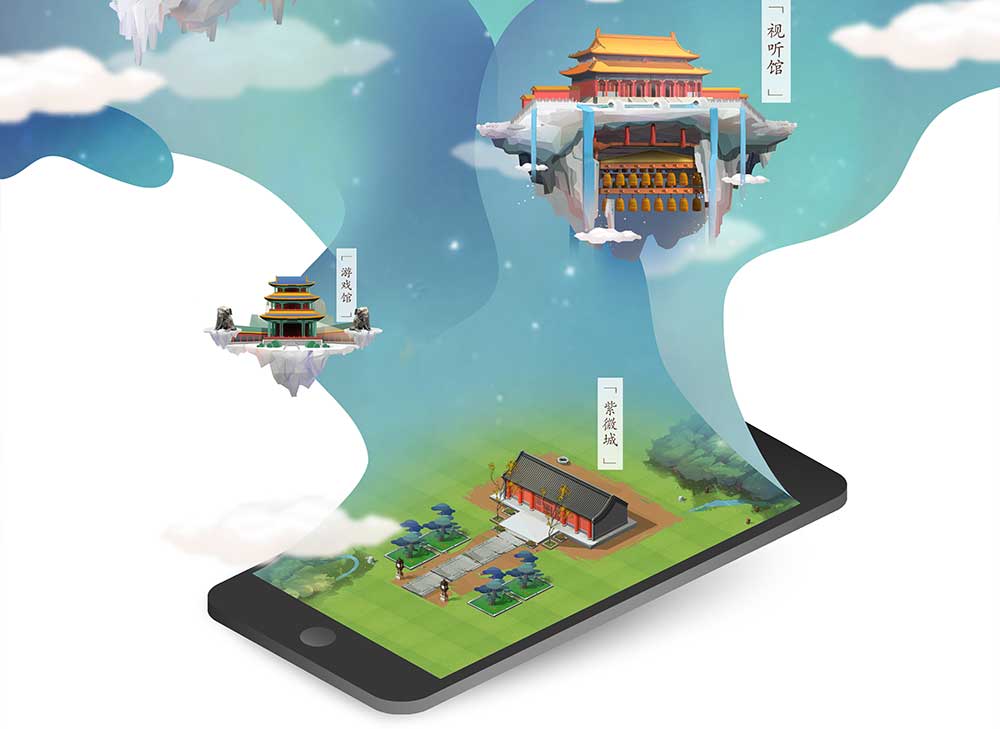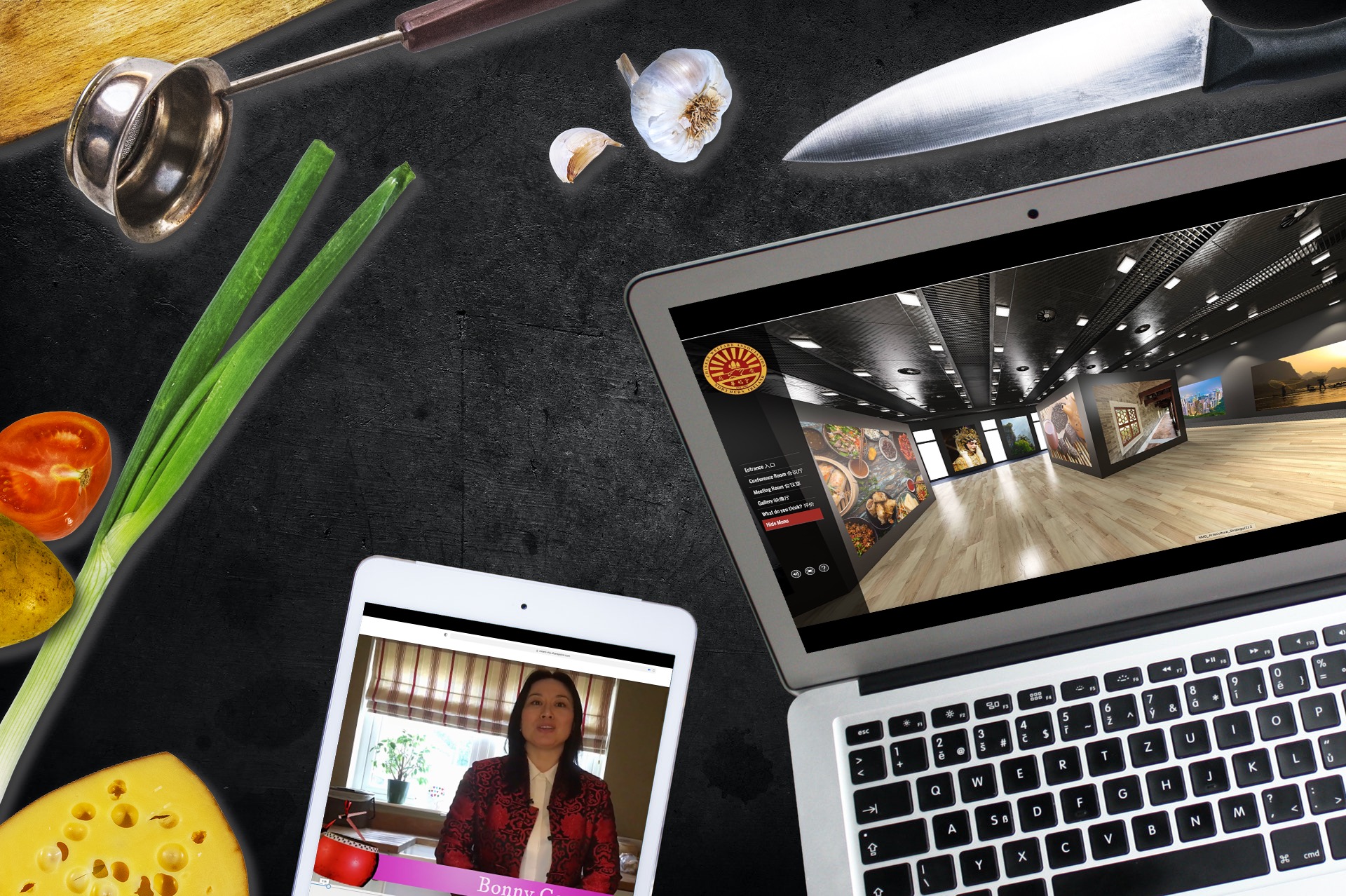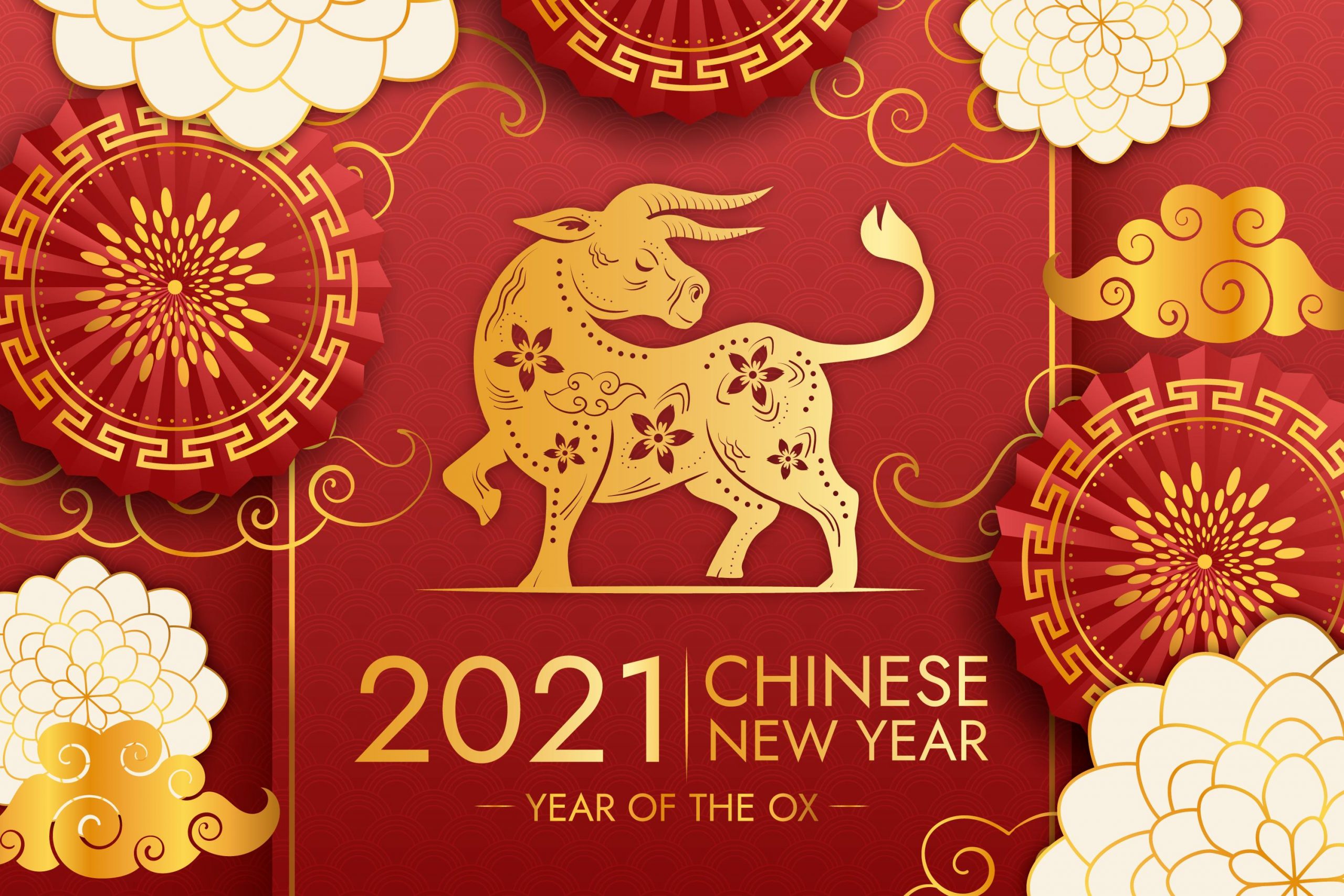Giant Start to Chines New Year
This year we were delighted to be contacted by the Stena Line Belfast Giants who wanted to celebrate Chinese New Year with us. The home game against the Cardiff Devils on Sunday 4 February 2024, was the perfect opportunity and saw players wear a specially designed kit to celebrate the occasion.
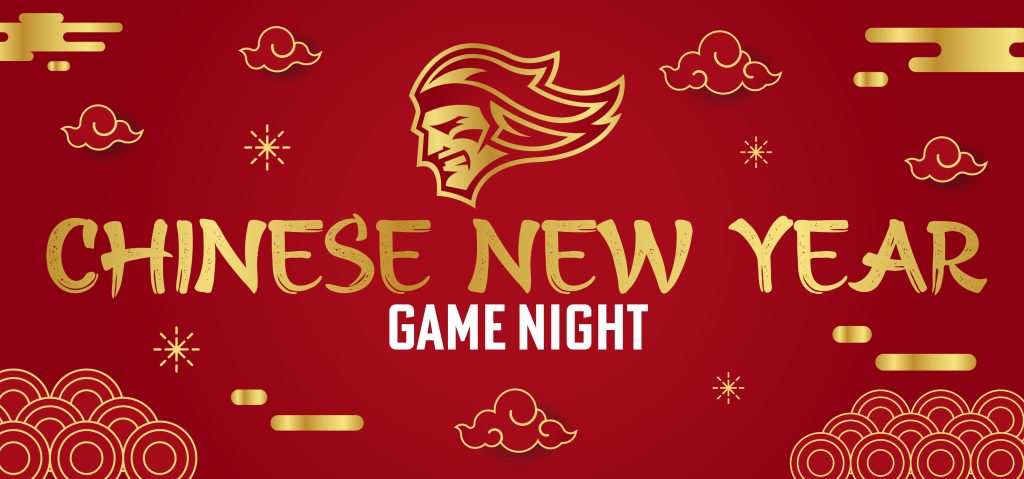
Their website promoted the event and explained to fans the background and significance of the Lunar New Year. The game and the publicity surrounding it was a real bonus to our events raising profile and awareness.

The Giants also explained the nature of the work Chinese Welfare Association is involved in and made the following generous pledge.
“In support of the organisation’s commitment across local communities in Northern Ireland, all profits from the game night Shirt Off The Back raffle on Sunday 4 February 2024 will be donated to the Chinese Welfare Association.”

That raffle raised a grand total of £5,384.17 from the themed Shirt Off the Back and a percentage of retail jersey sales. This total will be donated to our work and we will be using it to support young people and our various programmes with them.
We hope that this is the start of something truly ‘giant’ where we introduce our community to ice-hockey which interestingly is very popular in China. The Stena Line Belfast Giants’ community engagement is a valuable part of the work they do in our city and country and we pay tribute to their spirit of inclusivity and leadership.

Chinese Ice Hockey
Interestingly Belfast’s sister city Shenyang is a popular centre for ice-hockey in China. Ice skating has always been popular with Nanhu Park and Beiling Park both having lakes that are cleared for skating, in the winter. Some of Shenyang’s universities have ice rinks as well as four indoor skating rinks in the city. The "Shenyang Ice Eagles" hockey club consists of a mix of foreign and local players.they compete in tournaments with teams from other cities.
Kunlun Red Star is China’s first professional hockey club and was born in 2015. Based in Beijing, it plays in the Kontinental Hockey League (KHL), a professional ice hockey league with teams based in Belarus, Kazakhstan, Latvia, and Russia.

Kunlun Red Star also owns a professional women's ice hockey team, Shenzhen KRS Vanke Rays, based in Shenzhen. Established in 2017, KRS Vanke Rays played in the Canadian Women's Hockey League, with teams based in Canada and the United States.
From 2004 to 2017, several men's ice hockey teams based in China played in Asia League Ice Hockey, a professional league made up of teams from Japan, South Korea, and the Russian Far East.
In 2015, Andong Song became the first Chinese-national drafted by a National Hockey League (NHL) team, a men's professional league consisting of teams from Canada, and the United States. Song was drafted by the New York Islanders in the 6th round (172nd overall) in the 2015 NHL Entry Draft.
In 2019, Rudi Ying became the first Chinese-native to score a goal in the KHL. An impending domestic league has been proposed by the Chinese Ice Hockey Association. The league is assumed to consist of eight clubs; four being the Kunlun Red Star, Jilin City Investment, Beijing Shougang and Zhongshang Hokay.
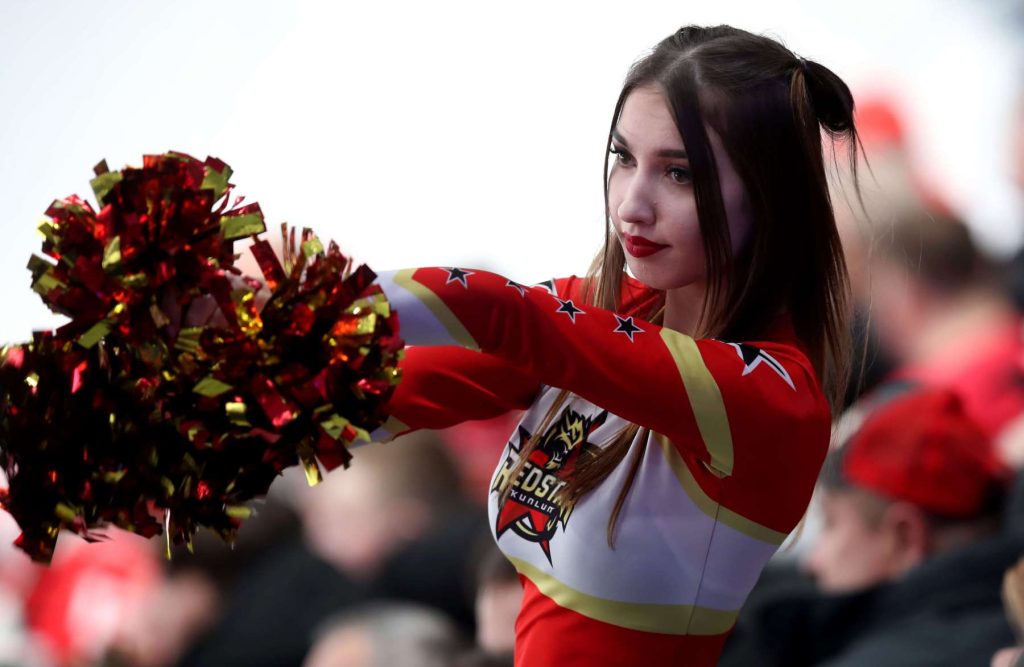
Just like the Belfast Giants Chinese teams are home to some great international talent who live and play their hockey in their country. They have stimulated interest locally in China and with the XXIV Winter Olympic Games hosted there China was proudly represented in the ultimate hockey tournament by both men’s and women’s teams.
The Women’s team achieved two victories – over Denmark and Japan, which was impressive since the Japanese team was significantly higher than the Chinese in the world rankings.
China is looking to expand the sport of hockey and attract teams from around the world to participate in tournaments like the “The Revitalization Cup”. Who knows where the sister city links could take the Belfast Giants next!
Lantern Festival Lights up 2022
On the 15th day of the first lunar month, two weeks after Chinese New Year, another important traditional Chinese festival, the Chinese Lantern Festival or Yuan Xiao Jie or Yuanxiao Festival (元宵节), is celebrated. It marks the first full moon of the new lunar year and the end of the Chinese New Year (Spring Festival) period. Chinese Lantern Festival 2022 will be celebrated on Tuesday, February 15th in 2022.
On the night of the Chinese Lantern Festival, streets are decorated with colorful lanterns, often with riddles written on them. People eat sweet rice balls called tangyuan, watch dragon and lion dances, and set off fireworks.
Content Preview
Chinese Lantern Festival Facts
- Popular Chinese name: 元宵节 Yuánxiāojié /ywen-sshyaoww jyeah/ 'first night festival'
- Alternative Chinese name: 上元节 Shàngyuánjié /shung-ywen-jyeah/ 'first first festival'
- Date: Lunar calendar month 1 day 15 (February 15, 2022)
- Importance: marks the end of the Chinese New Year (Spring Festival) period
- Celebrations: enjoying lanterns, lantern riddles, eating tangyuan a.k.a. yuanxiao (ball dumplings in soup), lion dances, dragon dances, etc.
- History: about 2,000 years
- Greeting: Happy Lantern Festival! 元宵节快乐!Yuánxiāojié kuàilè! /ywen-sshyaoww-jyeah kwhy-luh/

When is the Chinese Lantern Festival 2022?
Chinese Lantern Festival is on the 15th day of the first Chinese lunar month (always between February 4 and March 6). In 2022, the Chinese Lantern Festival will fall on Tuesday, February 15.
| Year | Chinese Lantern Festival Date |
|---|---|
| 2020 | February 8 |
| 2021 | February 26 |
| 2022 | February 15 |
| 2023 | February 5 |
| 2024 | February 24 |
The Significance of the Chinese Lantern Festival
Chinese New year, also called Spring Festival in China, marks the beginning of the Spring season. The Chinese Lantern Festival marks the final day of these celebrations. After the Lantern Festival, Chinese New Year taboos are no longer in effect, and all New Year decorations are taken down. Some people still wait till after the festival to return to work or study.
The lanterns symbolize people letting go of the past year and welcoming the new year with good fortune.
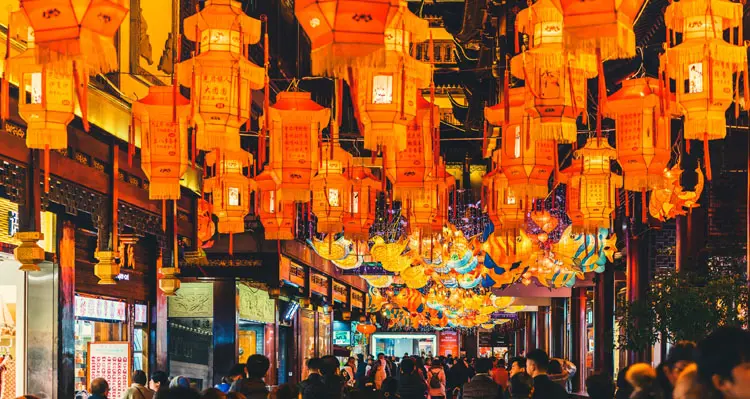 China's Lantern Festival
China's Lantern FestivalThe Origins and Stories of Chinese Lantern Festival
Chinese Lantern Festival can be traced back to 2,000 years ago. There are many origin stories about it. Here are two of the most popular ones:
Origin Story 1: A Buddhist Celebration
Ruling the beginning of the Eastern Han Dynasty (25–220), Emperor Hanmingdi was an advocate of Buddhism. He heard that some monks lit lanterns in their temples to show respect to Buddha on the fifteenth day of the first lunar month.
Therefore, he ordered that all the temples, households, and royal palaces should light lanterns on that evening. This Buddhist custom gradually became a grand festival among the people of China.
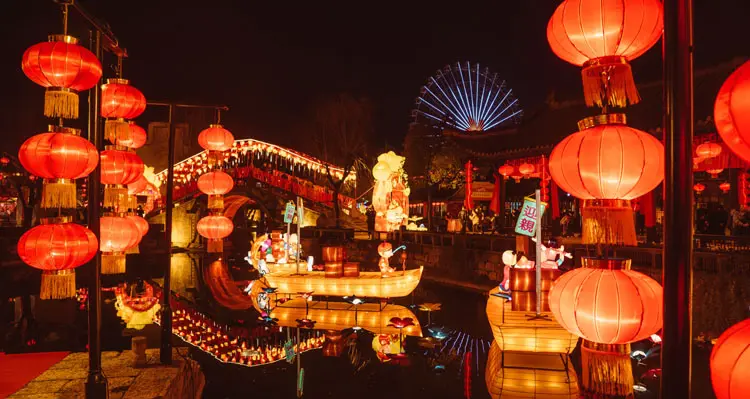
Origin Story 2: A Trick Played on the Jade Emperor
A legend has it that the Jade Emperor's favorite crane was killed by some villagers. So, he decided to destroy the village with fire on the fifteenth day of the lunar year. The Jade Emperor's daughter felt very sad about this and warned the villagers about what was going to happen.
Then, a wise man advised the villagers to hang red lanterns to give the Jade Emperor the impression that the village was already on fire. The emperor was fooled and the village survived. This tradition of hanging red lanterns on the fifteenth day of the lunar year has continued until the present time.
History of Chinese New Year
All good stories change bit over time, as each teller adds a little or changes something. A story that is over 3,500 years old has been told many times and it has taken on a life of its own.
The story of how the most important holiday in Chinese culture began is no different but many of the best bits have remained unchanged. The centuries-old legend of the origins of the Chinese New Year celebration always includes a story of a terrible mythical monster preying on villagers. The lion-like monster’s name was Nian (年), which is also the Chinese word for “year."
The stories often include a wise old man who counsels the villagers to ward off the evil Nian by making loud noises with drums and firecrackers and by hanging red paper cutouts and scrolls on their doors, because Nian is scared of the color red.So the villagers took the old man’s advice and Nian was conquered. On the anniversary of the date, the Chinese recognize the “passing of the Nian,” known in Chinese as guo nian (过年), which is synonymous with celebrating the new year.
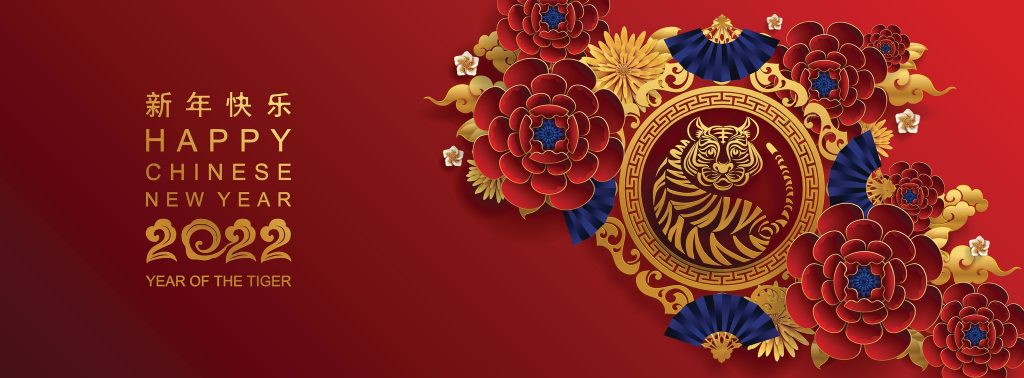 Lunar Calendar
Lunar Calendar
The date of Chinese New Year changes each year because it's based on the lunar calendar. While the western Gregorian calendar is based on the Earth’s orbit around the sun, the date of Chinese New Year is determined according to the moon’s orbit around the Earth. Chinese New Year falls on the second new moon after the winter solstice. Other Asian countries such as Korea, Japan, and Vietnam also celebrate the new year using the lunar calendar.
While Buddhism and Daoism have unique customs during the New Year, Chinese New Year is far older than both religions. As with many agrarian societies, Chinese New Year is rooted in a celebration of spring, like Easter or Passover.
Depending on where it's grown, the rice season in China lasts roughly from May to September (north China), April to October (Yangtze River Valley), or March to November (Southeast China). The New Year was likely the start of preparations for a new growing season.
Traditional Customs
On Chinese New Year, families travel long distances to meet and make merry. Known as the "Spring movement" or Chunyun (春运), a great migration takes place in China during this period as many travelers brave crowds to get to their hometowns.
Though the holiday is actually just a week long, traditionally it's celebrated as a 15-day holiday when firecrackers are lit, drums are heard on the streets, red lanterns glow at night, and red paper cutouts and calligraphy hang on doors. Children are also given red envelopes containing money. Many cities around the world hold New Year parades complete with dragon and lion dances. Celebrations conclude on the 15th day with the Lantern Festival.
Spring cleaning is a common theme during this time. Many Chinese families clean out their homes during the holiday. The New Year celebration could also have been a way to break up the boredom of the long winter months.
Food is an important component of the New Year. Traditional foods to eat include nian gao (sweet sticky rice cake) and savory dumplings.
Chinese New Year vs. Spring Festival
In China, New Year celebrations are synonymous with Spring Festival (春节 or chūn jié), which is typically a week-long celebration. The origins of this renaming from "Chinese New Year" to “Spring Festival” are fascinating and not widely known.
Chinese New Year, also known as the Lunar New Year or the Spring Festival, is the most important among the traditional Chinese festivals. The origin of the Chinese New Year festival can be traced back to about 3,500 years ago.
Chinese New Year has evolved over a long period of time and its customs have undergone a long development process.
Chinese Year Year - Over 3500 Years in the Making
 Chinese New Year's Origin: In the Shang Dynasty
Chinese New Year's Origin: In the Shang Dynasty
Chinese New Year has enjoyed a history of about 3,500 years. Its exact beginning is not recorded. Some people believe that Chinese New Year originated in the Shang Dynasty(1600–1046 BC), when people held sacrificial ceremonies in honor of gods and ancestors at the beginning or the end of each year.
Chinese Calendar "Year" Established: In the Zhou Dynasty
The term Nian ('year') first appeared in the Zhou Dynasty (1046–256 BC). It had become a custom to offer sacrifices to ancestors or gods, and to worship nature in order to bless harvests at the turn of the year.
Chinese New Year Date Was Fixed: In the Han Dynasty
The date of the festival, the first day of the first month in the Chinese lunar calendar, was fixed in the Han Dynasty (202 BC – 220 AD). Certain celebration activities became popular, such as burning bamboo to make a loud cracking sound.
In the Wei and Jin Dynasties
In the Wei and Jin dynasties (220–420), apart from worshiping gods and ancestors, people began to entertain themselves. The customs of a family getting together to clean their house, having a dinner, and staying up late on New Year’s Eve originated among common people.
More Chinese New Year Activities: From the Tang to Qing Dynasties
The prosperity of economies and cultures during the Tang, Song, and Qing dynasties accelerated the development of the Spring Festival. The customs during the festival became similar to those of modern times.
Setting off firecrackers, visiting relatives and friends, and eating dumplings became important parts of the celebration.
More entertaining activities arose, such as watching dragon and lion dances during the Temple Fair and enjoying lantern shows.
The function of the Spring Festival changed from a religious one to entertaining and social ones, more like that of today.
In Modern Times
In 1912, the government decided to abolish Chinese New Year and the lunar calendar, but adopted the Gregorian calendar instead and made January 1 the official start of the new year.
After 1949, Chinese New Year was renamed to the Spring Festival. It was listed as a nationwide public holiday.
Learn Some New Year Greetings
Why not Use this Chinese New Year to learn some Chinese, and get involved.
Its the perfect time to pick up a few phrases and learn some traditional greetings and join in the fun of New Year. We all think its hard to learn a new language, but with a little practice and some friends to help we can have you speaking Chinese in no time. So why not make it your New Year's Resolution to learn a few phrases and say hello to new friends.
https://youtu.be/DW772LsDUzY
Virtual Chinese New Year 2022
Behind the Scenes the CWA Team has been hard at work to ensure the Chinese New Year festivities can go ahead. This year as we do things differently the aim will be to take all the best bits of the traditional celebrations and bring them online. From a state of the art audio visual presentation which will be hosted on zoom to project updates during the festival we will connect Chinese communities across not just Northern Ireland but across the globe.
Our motto for this year is Courage of the Tiger as we have the Year of the Tiger in mind we will be using new technology to build the strength and resilience of not just the organisation, but the entire community. So join us and help us as we take our community online, and bring our culture to everyone. If you have an interest in all things online we would love to hear from you to become a digital volunteer. From our teenage gamers to our silver surfers we have a role for you in the exciting new online platforms we are developing.
We aim to make it fun and free to get involved with all the support and training you need. So Join the CWA Digital Team today.
https://youtu.be/ANGTx7_WyKM
Good Relations Week
Good Relations Week 2021 takes place from will run from Monday 20th to Sunday 26th September 2021.
This year we have re-introduced physical events, alongside an expanded virtual offering.
The theme is ‘Brighter Days Ahead’ as we shine a light on the peace building and cultural diversity efforts of young people and the challenges they are facing.
Our programme of inspiring community relations events will celebrate the work of people and communities in creating and sustaining good relations.
Huge thanks to all local groups and organisations who’ve helped us put together a dynamic programme of highly impactful events for you to enjoy
Whatever you do, don’t miss it!

Pictured with Peter Day from the Community Relations Council (front, left) and Clare Kearney (front, right) and Conor Valente (front, centre) from the Belfast Skate Collective, a local group that is providing a voice for the skating community, is local skaters Nicole Smallwood; Adam Patton, Caleb Court, James Ferris, Taylor Allen, Reuben Hughes, James Hannigan, Jake Murray and Matt McCopippin.
Chinese Virtual Centre Pre-Release Phase
We are pleased to announce the pre-release phase of our exciting new Virtual Chinese Resource Centre. We would love to hear feedback from a range of stakeholders and potential users. Thanks to all those who are taking part in our BETA test of our new virtual Chinese Resource Centre of NI, and we hope you enjoy your first experience.
We welcome your feedback in English or Chinese from inside the app or by a direct email.
We would ask you to not share the link with anyone else at this stage or in any public arena or social media site as we will need to make some final tweaks before public launch.
This will be a space that CWA plans to develop in the future for art exhibitions, conferences, online museum and other uses.
Keeping The Centre at the centre is our motto and we are delighted that we can now extend this to the digital world
Whats Cooking in our New Virtual Centre
The new Virtual Chinese Resource Centre has been made possible by funding from the Department For Communities. The Community Heritage Fund opened in November 2020. It aimed i to support small-scale projects in Northern Ireland which help connect communities to the heritage in their local area. The objective was to help people connect with and benefit from the heritage located on their doorstep such as buildings, monuments, landscapes, parks and sports grounds. Through sharing stories about the everyday places and finding out about the past, it was seem as a way of helping strengthen our connections with the community around us.
The Chinese community have a rich and varied heritage, and much of what we value is specific to Northern Ireland having been here over 50 years. The aim of our project was to face some of the challenges of COVID and to help people reconnect with the Chinese Community and to help our members enjoy and promote their own cultural heritage.
Paul Mullan, the Director of The National Lottery Heritage Fund here in Northern Ireland said:
"The experience of the lockdown in response to coronavirus (COVID-19) was a powerful reminder of the value and importance of the local environment to communities. Connecting with nature and heritage can be critical for maintaining personal mental and physical wellbeing. We would like to build on this by helping people to strengthen their connections with their local area, tell their stories and find out about their past and the places where they live. Whether they live in a city, a town or the countryside, everyone can benefit from the heritage of their immediate environment such as the buildings, monuments and landscapes that can be found within 15 minutes or so from their front door."
This struck a chord with our members and we worked hard with heritage and digital experts to turn the challenges of COVID into opportunities and to make practical solutions for the problems we faced. The result is an exciting now Virtual versions of our Chinese Resource Centre. Here we can hoist events and run activities online just as we usually do in the Centre. We see this as a great way of connecting with people and helping them access our heritage and culture.
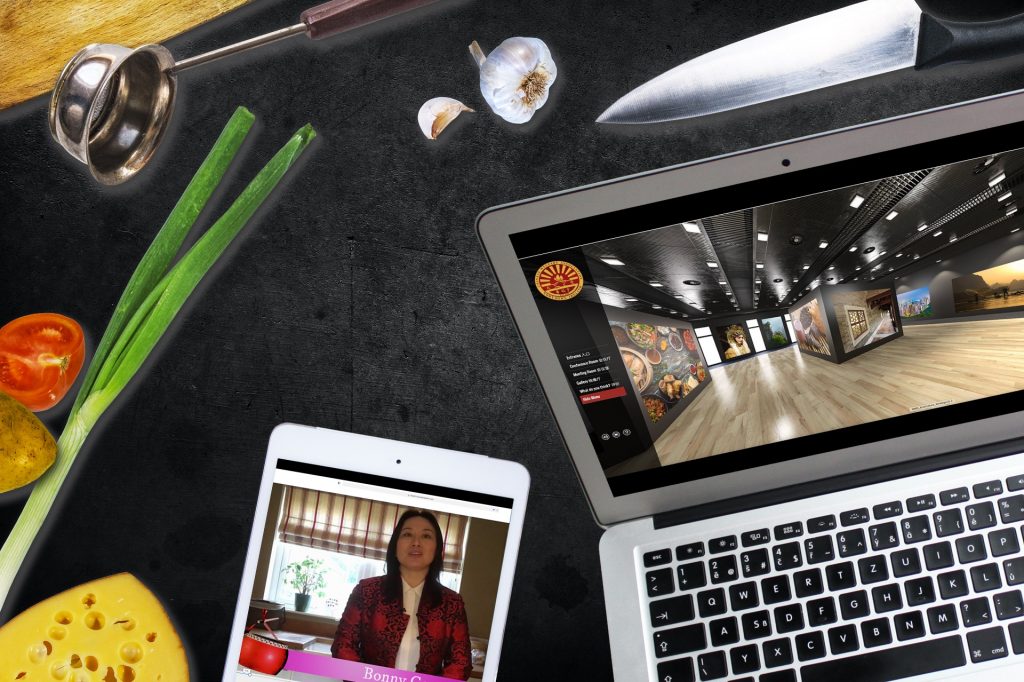
Whats Cooking?
One great example is to bring the rich heritage of Chinese food to life, with young people taking the led. So why not visit our Virtual space and learn more about the different styles of Chinese cooking, and then take a tour of our Virtual Gallery where you can learn more.
Our online resources and how-to videos, will soon get you cooking, as you watch Bonny and her son explain the background to Chinese Food and how it is important in family life.
Then try to keep up with our exciting new talent of the future as he cooks up everyone's favourite.
Virtual Chinese New Year
Behind the Scenes the CWA Team has been hard at work to ensure the Chinese New Year festivities can go ahead. This year as we do things differently the aim will be to take all the best bits of the traditional celebrations and bring them online. From a state of the art audio visual presentation which will be hosted on zoom to the launch of a new look CWA website during the festival we will connect Chinese communities across not just Northern Ireland but across the globe.
Our motto for this year is Keep Strong with the strength of the Ox in mind we will be using new technology to build the strength and resilience of not just the organisation, but the entire community. So join us and help us as we take our community online, and bring our culture to everyone. If you have an interest in all things online we would love to hear from you to become a digital volunteer. From our teenage gamers to our silver surfers we have a role for you in the exciting new online platforms we are developing.
We aim to make it fun and free to get involved with all the support and training you need. So Join the CWA Digital Team today.
https://youtu.be/PNBuGomQezE
Chinese Community Thanks The NHS
In an amazing piece of fundraising Chinese Communities in Northern Ireland were able to present almost £17,000 as a Thank You to the NHS. The donation which went entirely and directly to the NHS will see them receive support and much needed PPE at this time.
The range of organisations and individuals who rallied to the call from CWA to support our front line health care workers was amazing and a special thanks goes to those members of staff and volunteers who organised and made it possible. The generosity and community spirit of all who gave must be recognised and will go a long way to helping those who are risking so much to look after us all.
In order to add our support to the wonderful NHS, the Chinese Communities of Northern Ireland (including Chinese Chamber of Commerce NI, Chinese Language School NI, Oi Kwan Woman’s Group and a lot of caring people from all walks of life) were able to raise over £16,940.
This kind donation will directly support BHSCT staff and volunteers caring for COVID-19 patients and it is a BIG thank-you for their hard work during this difficult time.
We also would like to pay tribute to the doctors and nurses who work on the front line and hope they remain safe and healthy.
为了更好地支持NHS抵抗新冠肺炎疫情,近期北爱尔兰华人社区(包括北爱尔兰华商会、中文学校、爱群妇女会以及其他各界爱心人士)进行募捐,目前筹款金额超过£16,940。
这笔捐款的支票已经寄给BHSCT, 并将直接用于支持BHSCT的工作人员和志愿者照料COVID-19患者,在此困难时期,非常感谢他们的辛勤付出。
同时,我们还要向在一线工作的医生和护士表示敬意,并希望他们保持安全和健康。


See the thank you video from the Lord Mayor of Belfast in the following link. 贝尔法斯特市长通过视频对此次筹款表示感谢,视频链接如下。
Thank you from the Lord Mayor of Belfast.mp4


